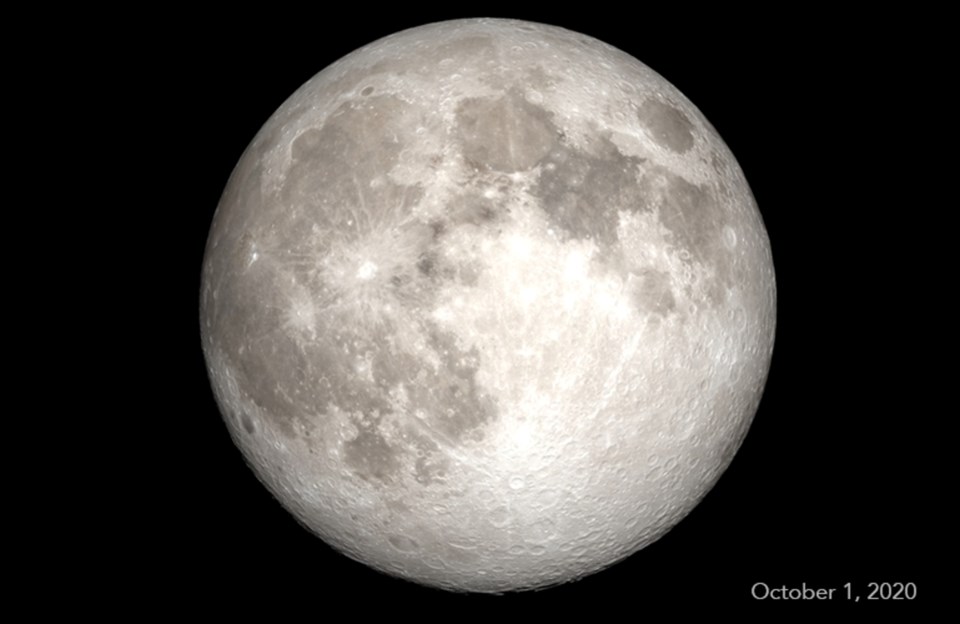When you look up in the night sky Thursday, don't be shocked at the size of the moon.
It's the last supermoon before autumn, and this one has a name too: the sturgeon moon, named after the largest freshwater fish in North America which has been around for millions of years.
"The orbit of the moon around the Earth isn't a perfect circle, it's more of an ellipse. So what that means is on occasion, the moon is slightly closer to the Earth than other times," said Orbax Thomas, a lecturer in the University of Guelph's department of physics in the college of engineering and physical sciences.
He said this means you'll see way more light from supermoons as a result, and the moon will appear about 40 per cent bigger than normal.
It'll reach peak illumination at about 9:36 p.m., according to the Old Farmer's Almanac.
The sturgeon moon is also referred to as the green corn moon, the grain moon and barley moon, with August's full moon usually coinciding with certain harvests.
This marks the third consecutive month a supermoon has appeared in the sky, and comes after May's blood flower lunar eclipse.
"Every year, we've got supermoons. It is somewhat unique that we're seeing three of these in a row," Orbax said.
"If you do any astrophotography, or even if you don't have a telescope but you have a pair of binoculars, it's a perfect opportunity to actually try to check out things and see the face of the moon. See if you can see things like the Sea of Tranquility and all the various different features that are on the moon.
"It will be that bright. You'll get a nicely defined image of it."
And if you're looking, and catch what appears to be a shooting star in the corner of your eye, that's the Perseids meteor shower happening Thursday to Saturday.
It's one of the busiest meteor showers, with "up to 60 meteors an hour visible in the night sky."
But you'll have to look closely. Orbax said the supermoon is going to be so big and bright, "it'll likely obscure most of those meteorites or shooting stars than you'd be able to see normally."
He said it'll be difficult, especially when adding in any light pollution. But the task is not impossible.
"It's a numbers game," said Orbax. "If you're up past midnight, and they're predicting up to or over 60 meteors an hour, they're there so you might get an opportunity to see it if you're lucky."
Moon and stargazers in Guelph will also have a great night to work with. The forecast is calling for a clear sky and a low of seven degrees.



